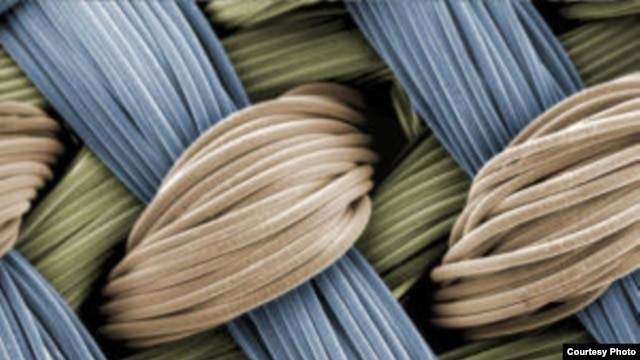People can't even get treated for arthritis... Is this really the healthcare system the American people want? I can't imagine that it is...
A 9-month wait for arthritis treatment: Delay can mean a lifetime of agony for victims | Mail Online
A 9-month wait for arthritis treatment: Delay can mean a lifetime of agony for victims | Mail Online


